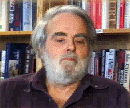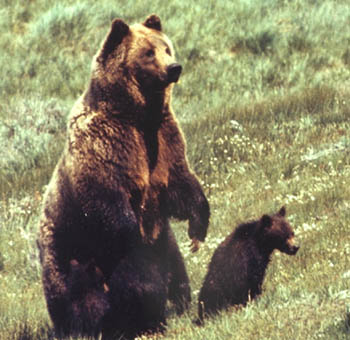Charles Jonkel

Charles Jonkel was already world-renowned for his studies of black bears in Montana, and his Hudson’s Bay polar bear research, when he was named director of the Border Grizzly Project in 1974. The project’s aim was to estimate the population of grizzlies in the vicinity of Glacier National Park and Waterton Provincial Park, and develop recommendations for management that would sustain that population.
He is the scientific advisor for the Great Bear Foundation, director of the International Wildlife Film Festival, president of the Institute of the Rockies, and an organizer of the Federal/Provincial Polar Bear Technical Committee of Canada.
The challenge of making scientific research in the field of wildlife biology comprehensible to, and useable by, the general public, has been one of Dr. Jonkel’s lifelong commitments. He has also taught courses on arctic ecology, bears and ecosystems, and numerous related subjects at the University of Montana, as well as elsewhere.
Dr. Jonkel holds two degrees in science from the University of Montana, and a Ph.D. in zoology from the University of British Columbia, Vancouver.
Contribution

It wasn’t until May 1806 that Lewis had occasion to expand on his Fort Clatsop Grizzly Bear observations. This article adds recent insights and an interview with Charles Jonkel.
Experience the Lewis and Clark Trail
The Lewis and Clark Trail Experience—our sister site at lewisandclark.travel—connects the world to people and places on the Lewis and Clark Trail.
Discover More
- The Lewis and Clark Expedition: Day by Day by Gary E. Moulton (University of Nebraska Press, 2018). The story in prose, 14 May 1804–23 September 1806.
- The Lewis and Clark Journals: An American Epic of Discovery (abridged) by Gary E. Moulton (University of Nebraska Press, 2003). Selected journal excerpts, 14 May 1804–23 September 1806.
- The Lewis and Clark Journals. by Gary E. Moulton (University of Nebraska Press, 1983–2001). The complete story in 13 volumes.

